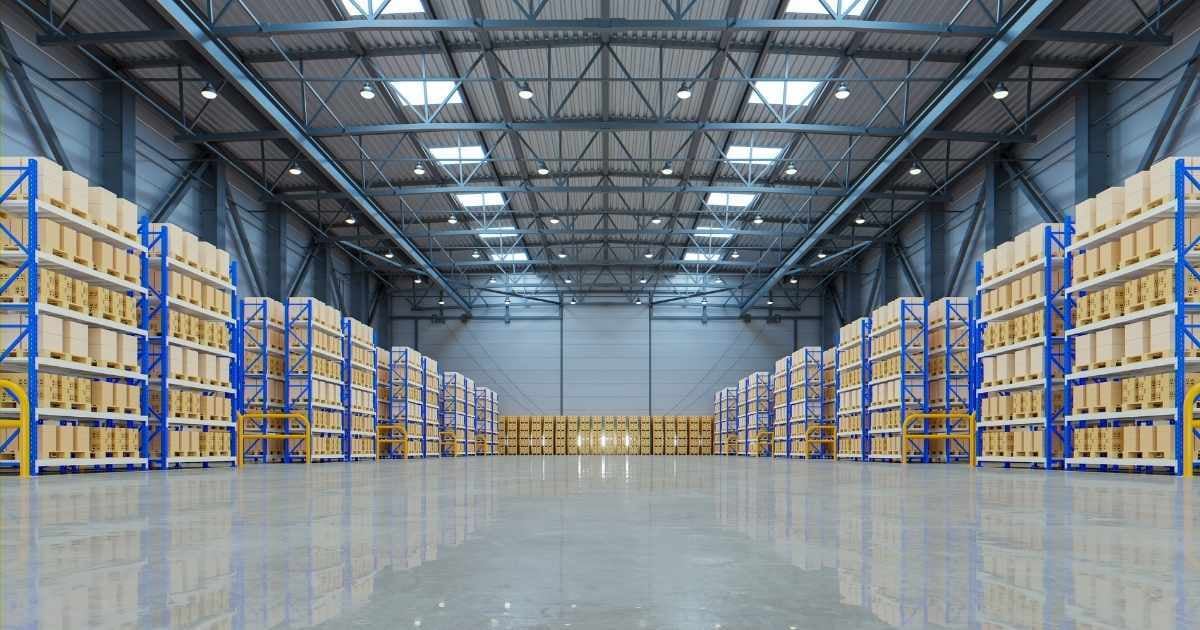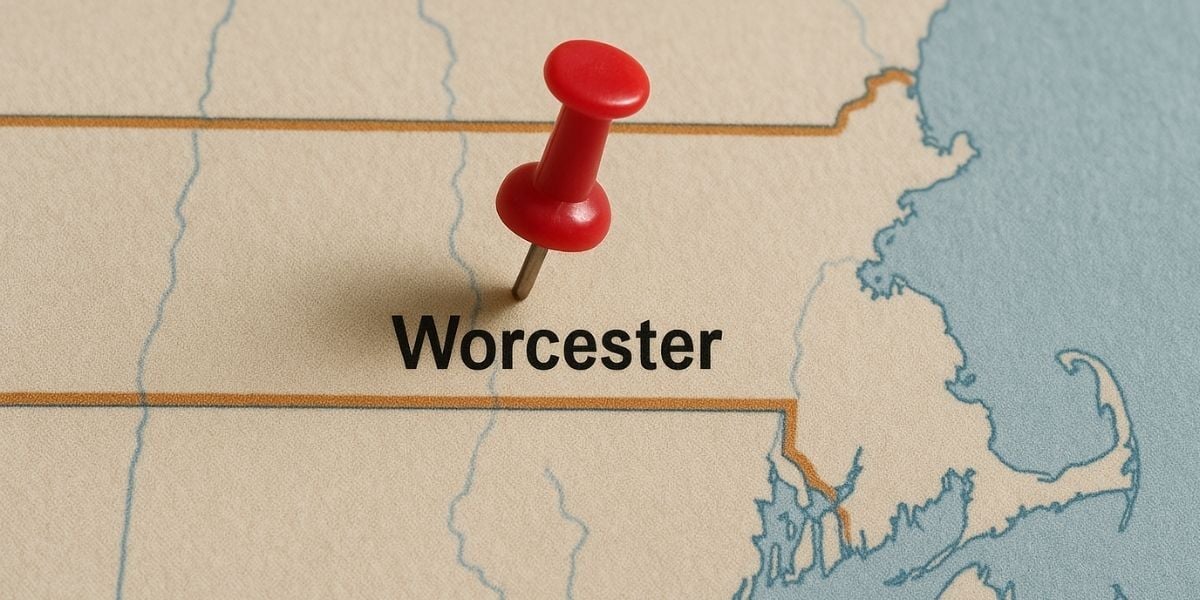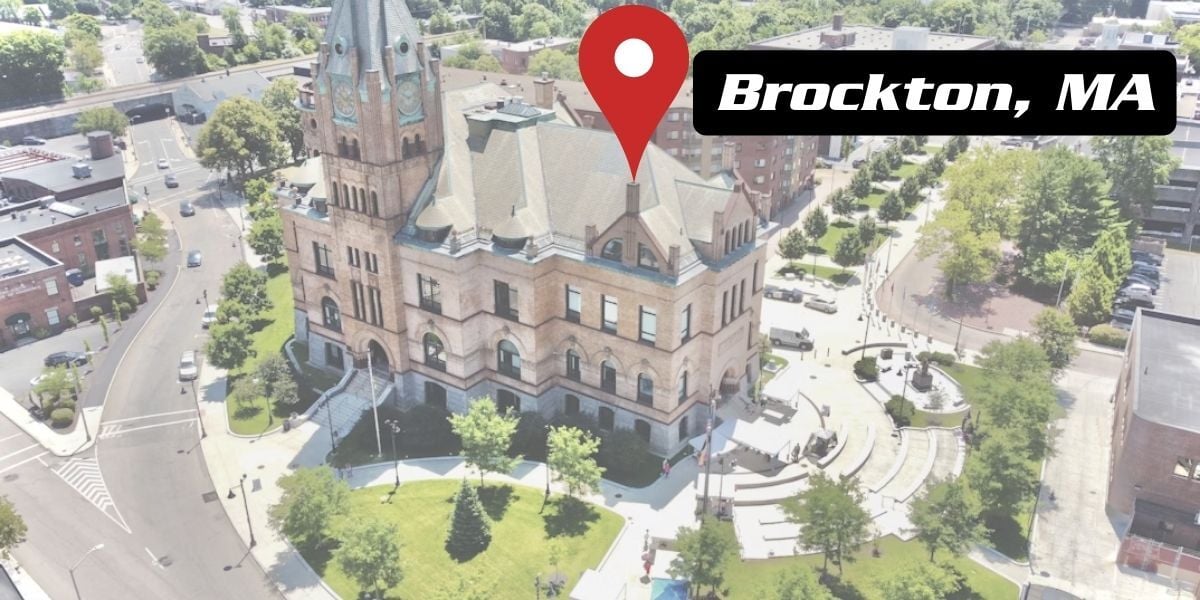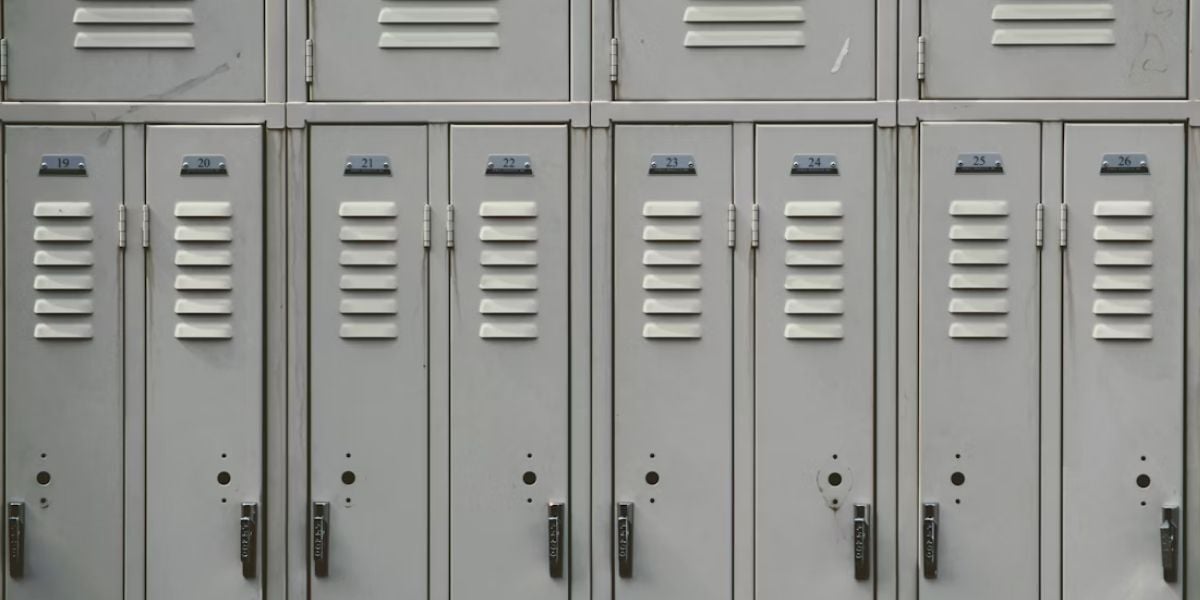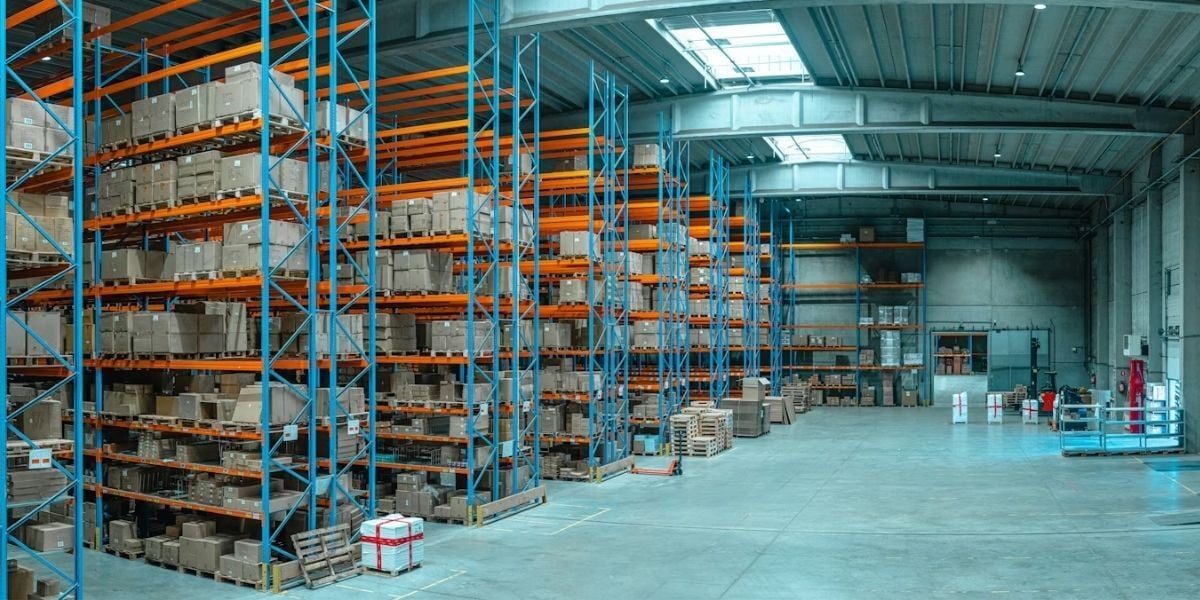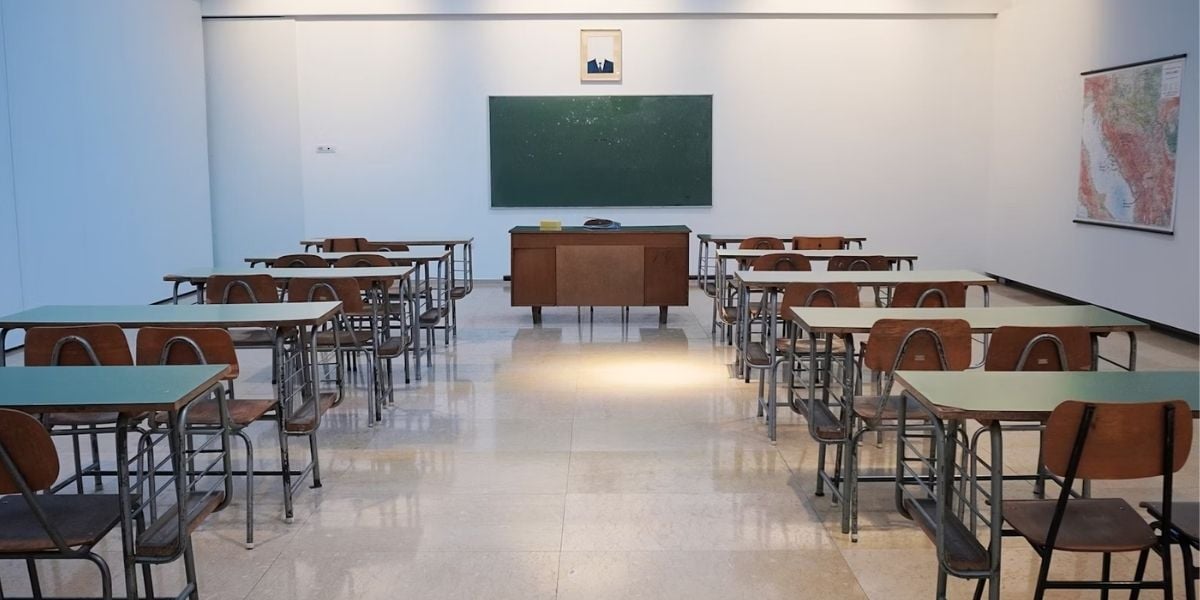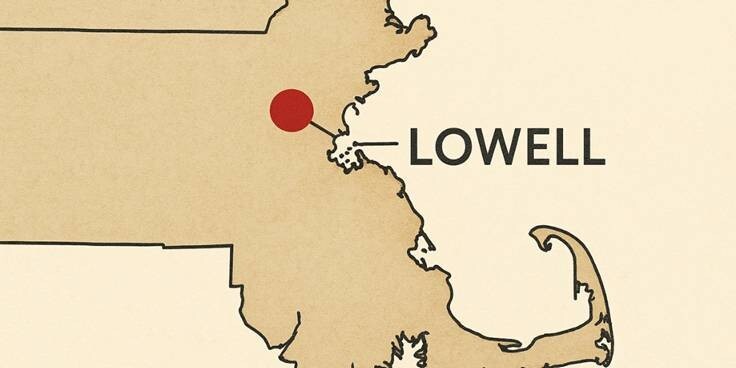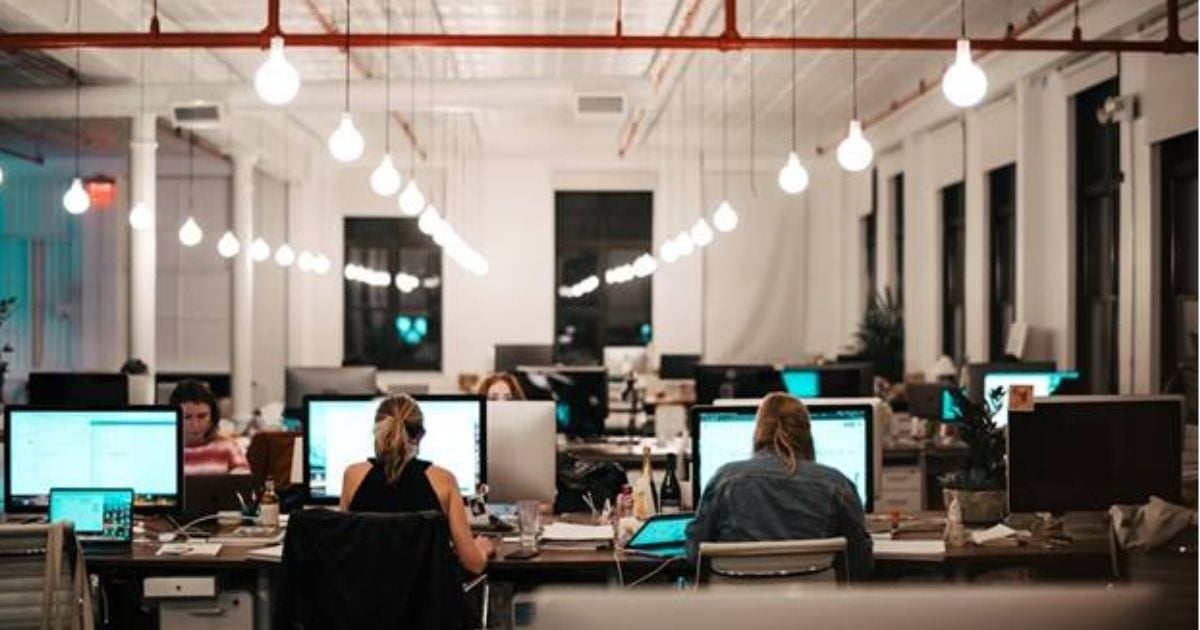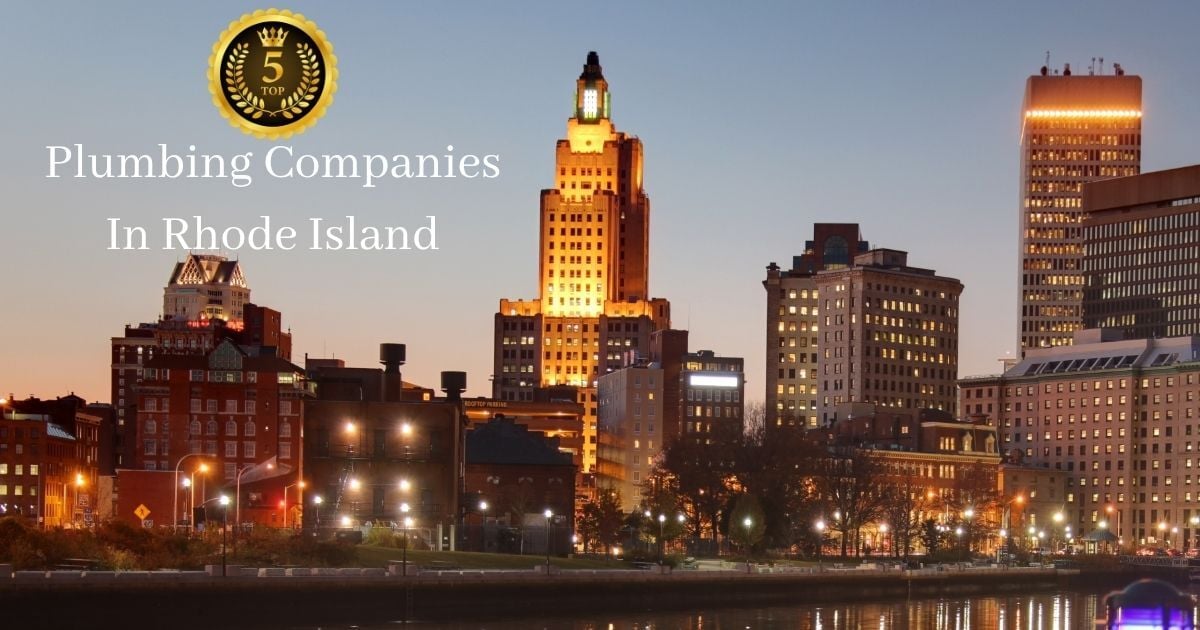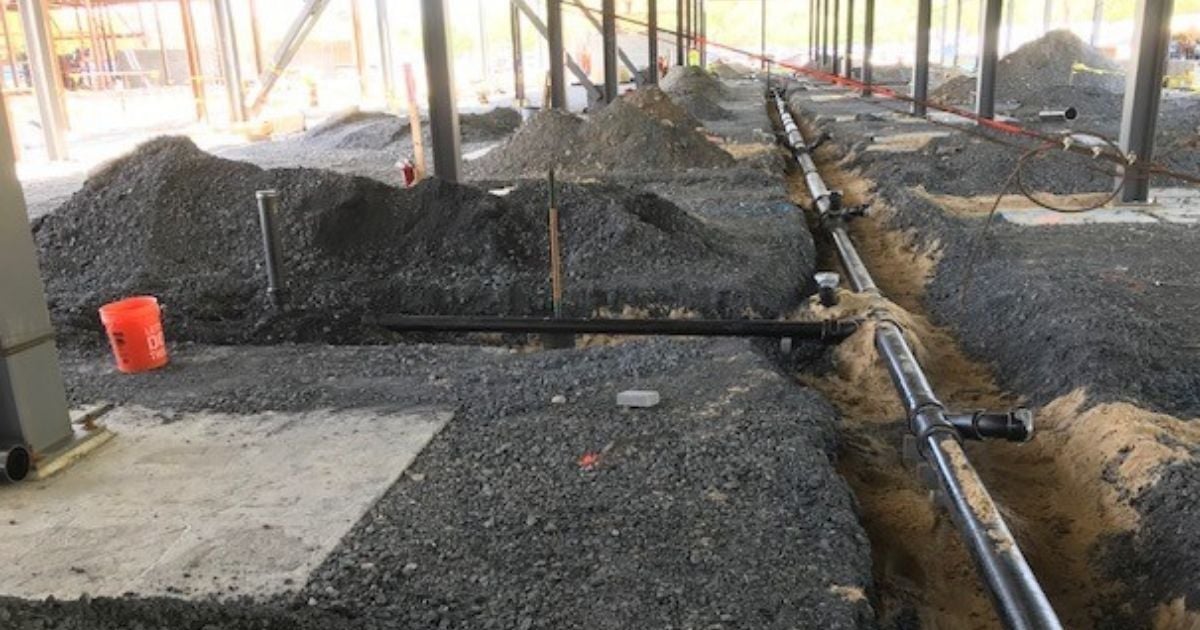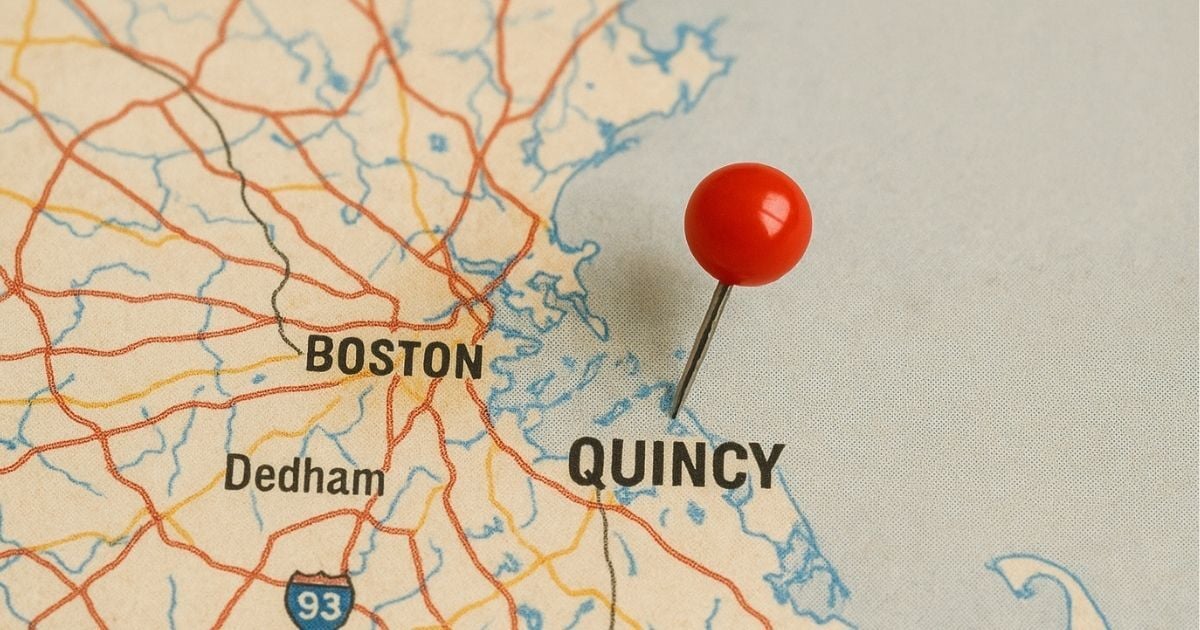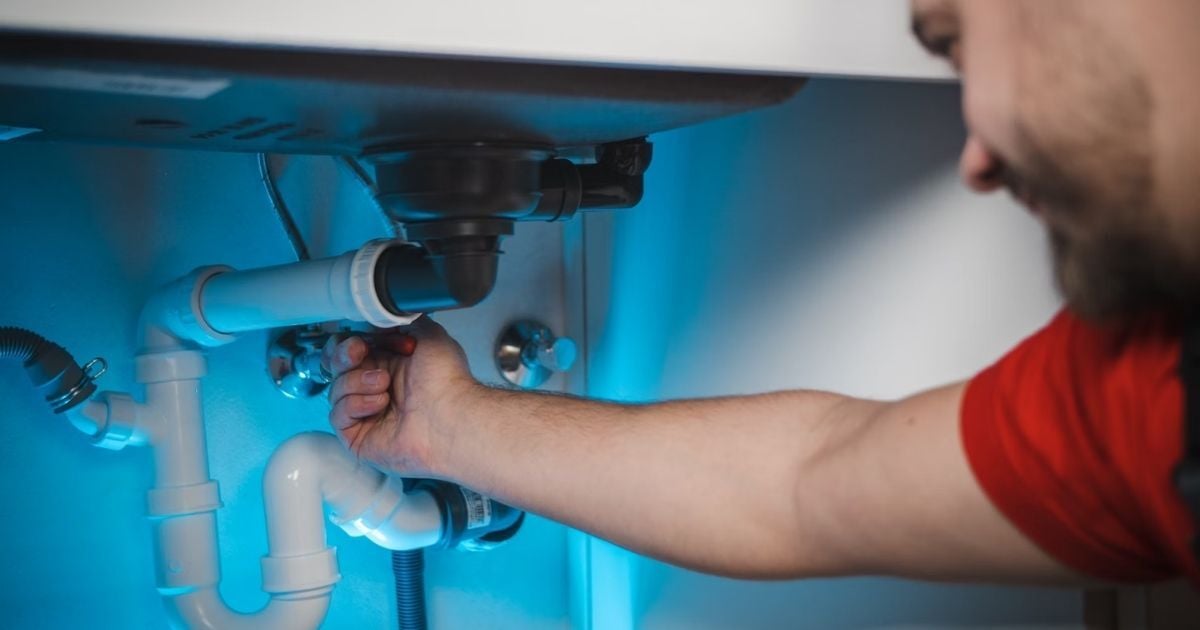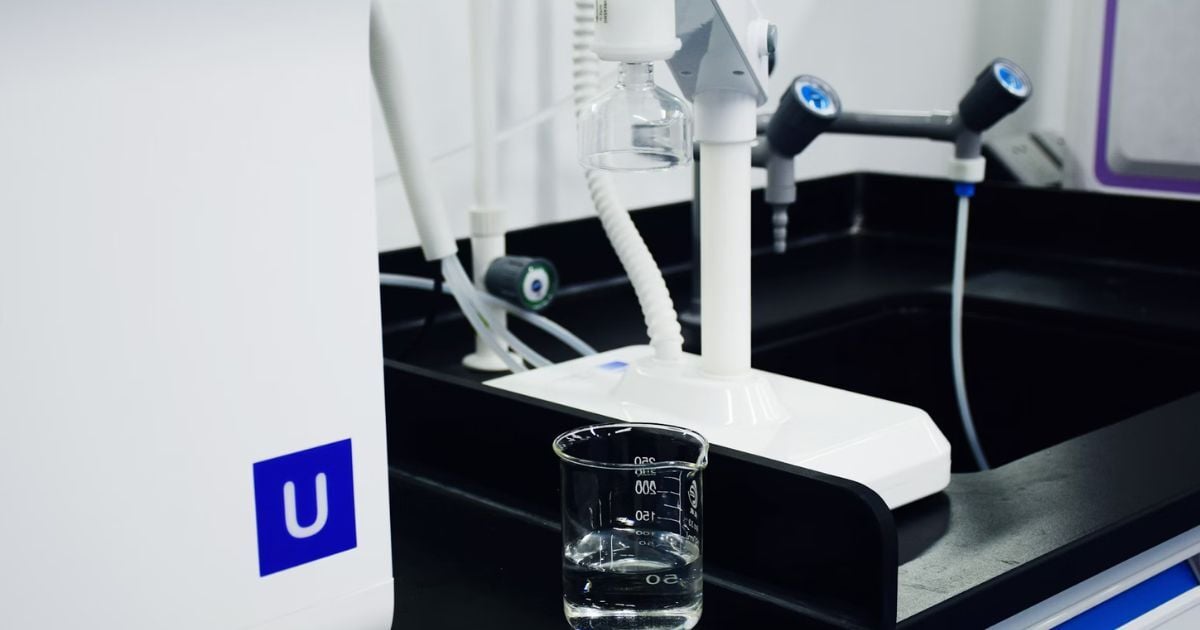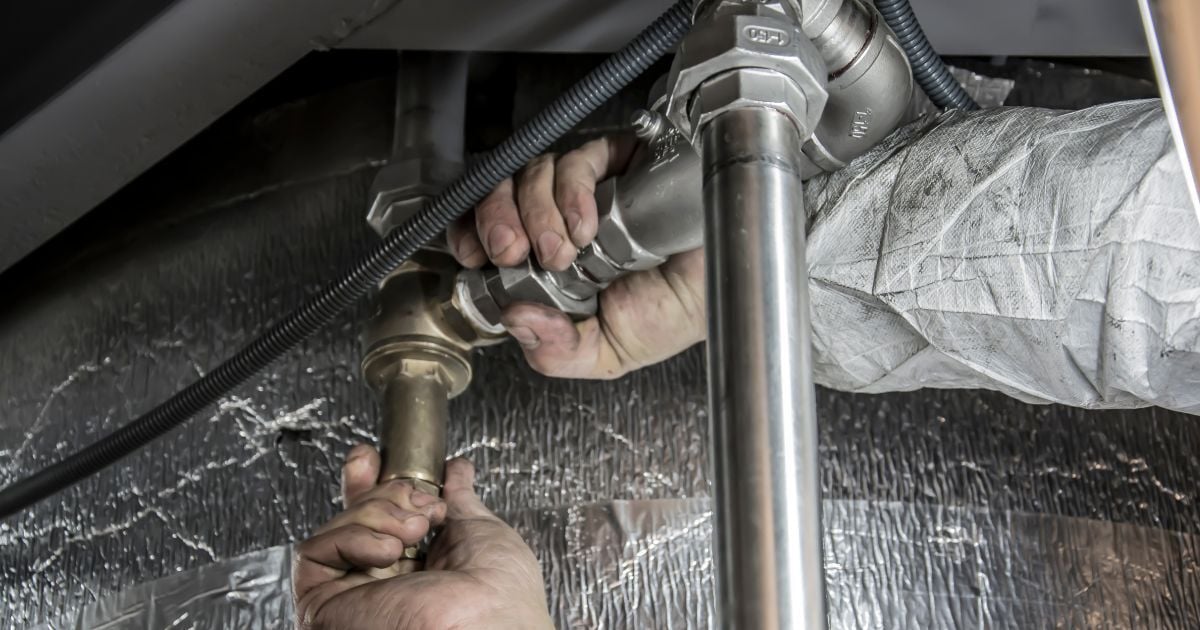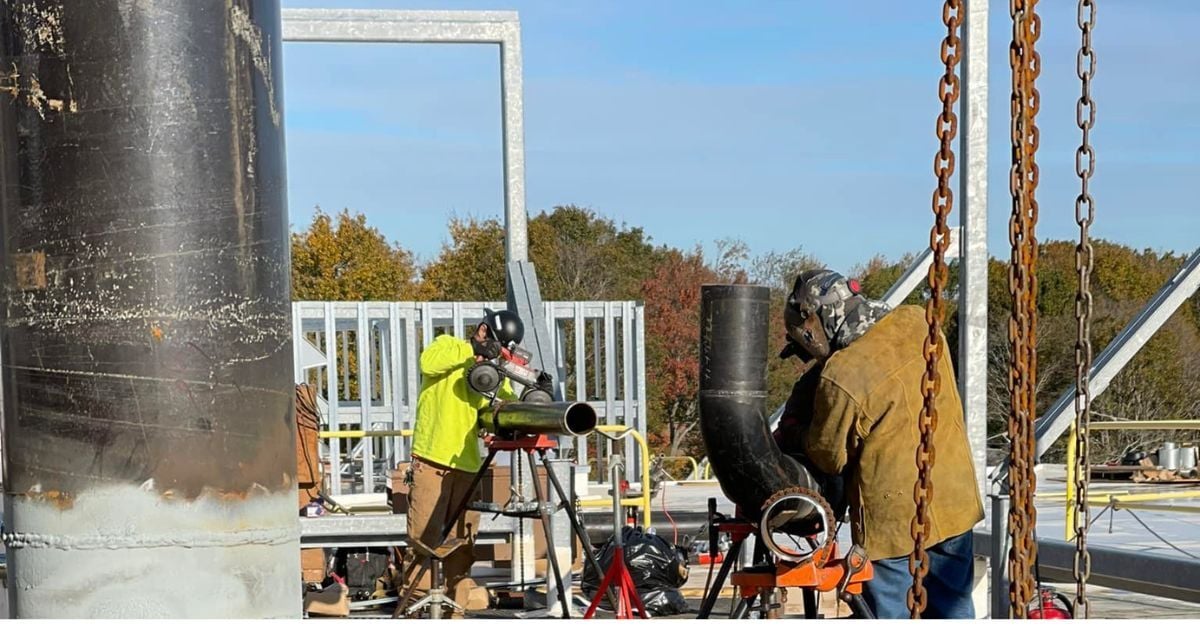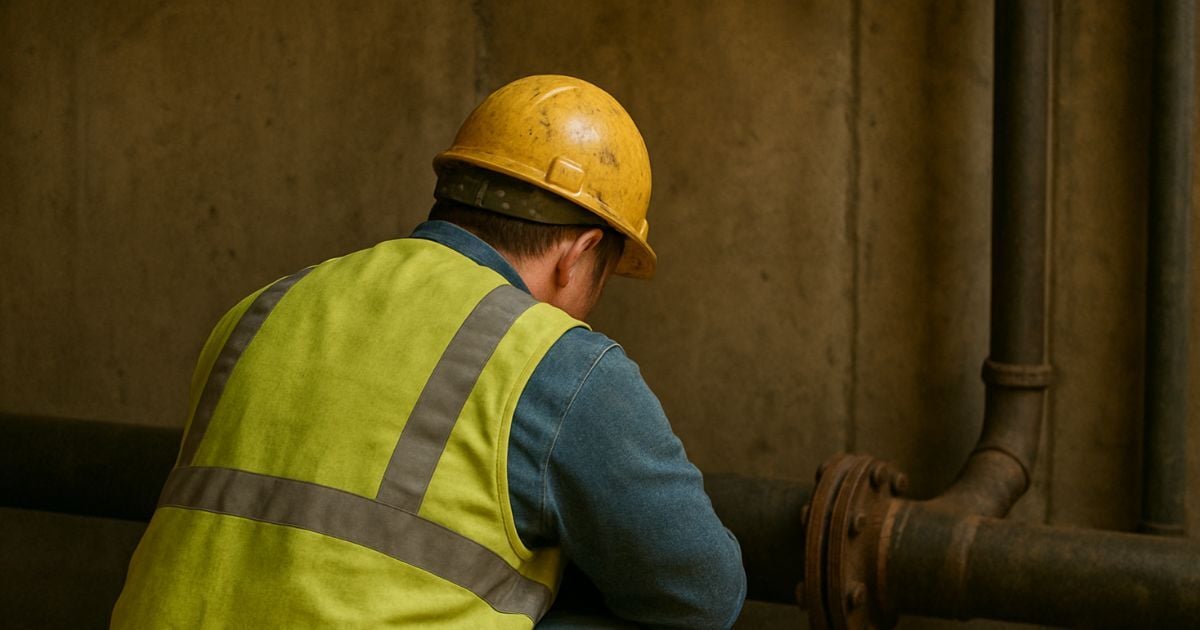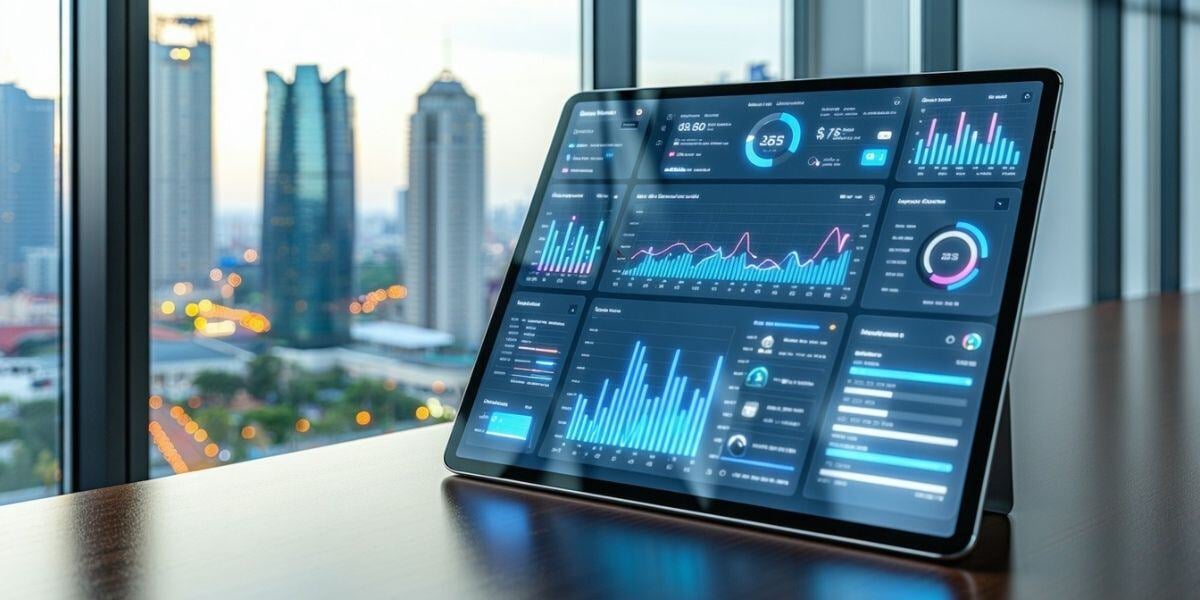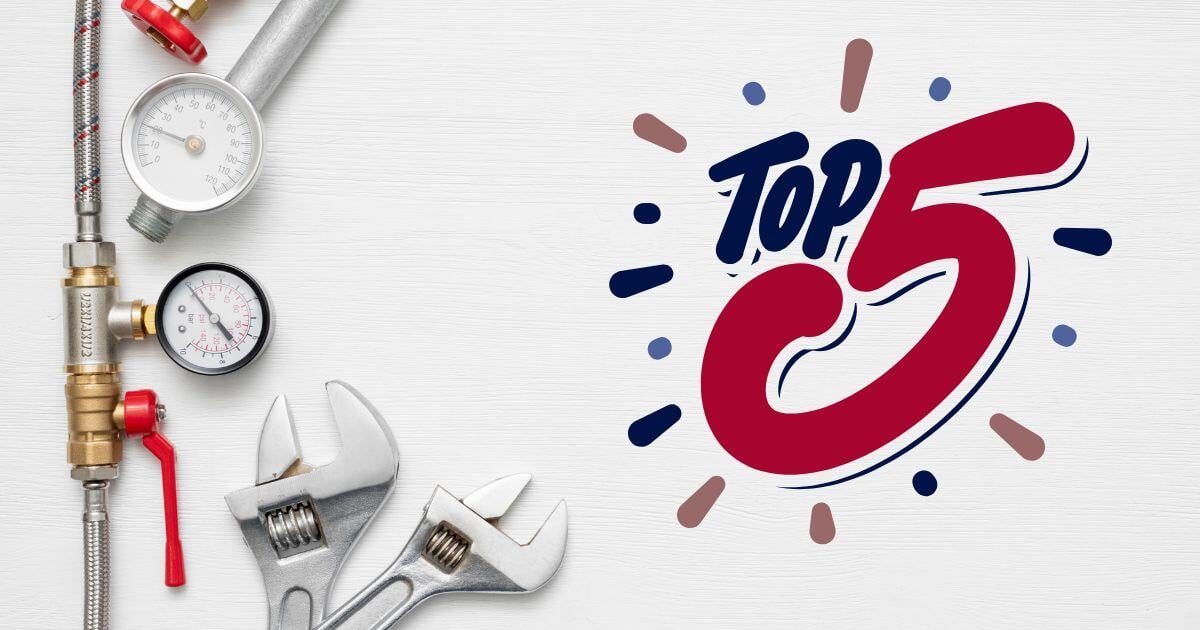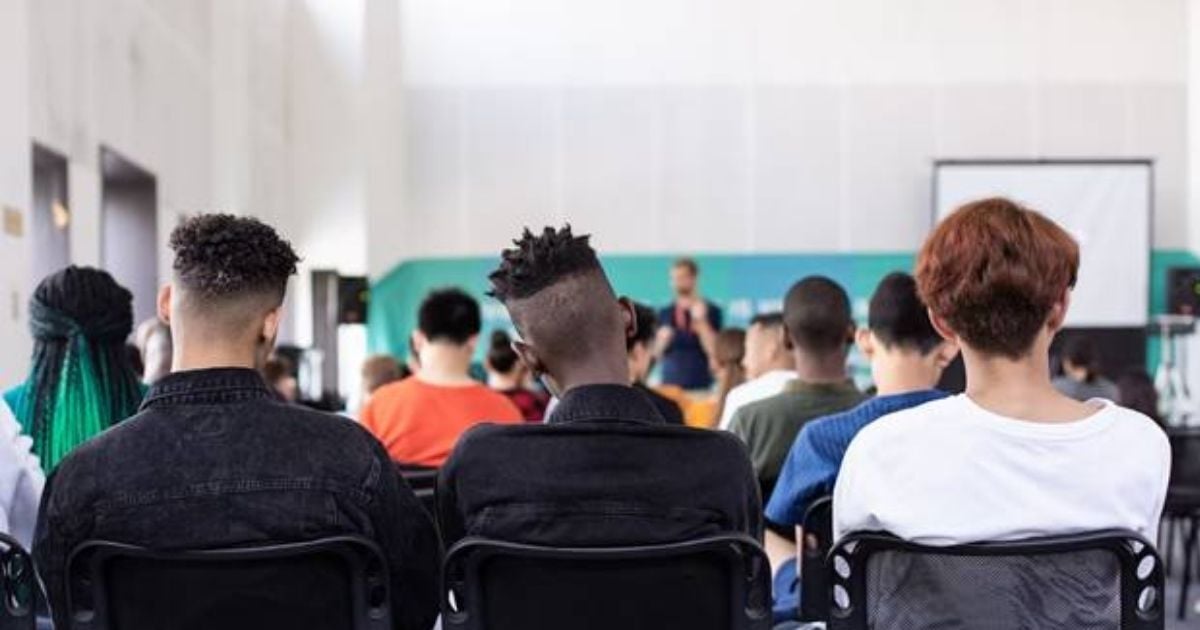
Have you ever seen a sink that doesn’t work, a toilet that won’t flush, or a pipe that’s leaking in a school building? It’s a big problem. When plumbing doesn’t work right, it can stop students from learning and make the school feel uncomfortable.
Plumbing is responsible for bringing water into and out of a building. It helps us stay clean, cook food, flush toilets, and wash our hands. But like anything else, plumbing can get old or worn out. If it’s not upgraded, it can waste water, cost more money, or even make people sick.
At Harold Brothers Mechanical Contractors, we’ve worked with countless schools to upgrade outdated plumbing systems and install long-term, energy-efficient solutions. With decades of experience in commercial plumbing, we understand the unique needs of educational facilities—and how the right upgrades can improve safety, efficiency, and comfort.
In this article, we’ll show you the best plumbing upgrades for schools and how they can help your students, staff, and budget.
Why Should Schools Upgrade Their Plumbing?
You might be thinking, “If the pipes are working, why change anything?” That’s a good question! But here’s the thing: just because something still works, doesn’t mean it’s working well.
Here are 5 good reasons to upgrade your school’s plumbing:
- Save Water – Old toilets and faucets use a lot of water. New ones use much less.
- Lower Bills – Using less water means smaller water bills for the school.
- Prevent Big Problems – Small leaks can turn into big, expensive damage if not fixed.
- Keep Students Healthy – Clean water and hands-free options help stop the spread of germs.
- Follow the Rules – Many cities now require water-saving upgrades in public buildings like schools.
Let’s take a look at the best ways to upgrade your school’s plumbing.
1. Low-flow Toilets and Urinals

Typical Installed Cost per Fixture: $450–$1,000
Older toilets can use up to 5 gallons of water every time they flush. That’s a lot! New low-flow toilets use 1.28 gallons or less. That saves thousands of gallons every year.
Urinals can be upgraded, too. Some schools now use waterless urinals that don’t use any water at all.
Bonus Tip:
Use dual-flush toilets that let students pick between a small flush and a bigger flush. This helps save even more water.
2. Touchless Faucets
Installed Cost per Unit: $500–$1,200
Kids don’t always remember to turn off the sink. That can waste gallons of water every day. Touchless faucets solve this problem.
These faucets use motion sensors. Water only runs when hands are underneath. This also helps prevent the spread of germs since no one needs to touch the handle.
Benefits of Touchless Faucets:
- Save water
- Keep sinks cleaner
- Stop the spread of germs
- Easier for small children to use
3. Smart Leak Detectors
Installed Cost per Unit: $1,200–$,2000
Leaks are sneaky. They often happen in places you can’t see, like behind walls or under sinks. If they’re not found quickly, they can damage floors, walls, and books.
Smart leak detectors send an alert to your phone or email when they sense water where it shouldn’t be. Some even shut off the water to stop the leak right away.
This is a great way to protect your school and avoid costly repairs.
4. Water-Efficient Kitchen and Break Room Fixtures

Low-flow kitchen faucets: $500–$1,200 installed
Full kitchen or cafeteria refresh: $5,000–$15,000 range
Does your school have a cafeteria or staff kitchen? Then you’re using a lot of water for washing dishes, preparing food, and cleaning up.
Here’s how to upgrade:
- Install low-flow kitchen faucets
- Switch to ENERGY STAR® dishwashers
- Use aerators to control water flow
These simple changes can save water and energy every day.
5. Upgraded Water Heaters
Tankless units (commercial): $3,000–$7,000 each installed
High-efficiency tank systems: $2,500–$5,000 installed
Hot water is important for handwashing and cleaning. But old water heaters can waste energy.
New options include:
- Tankless water heaters – They heat water only when needed.
- High-efficiency storage heaters – They use less energy to keep water hot.
Both can lower your school’s utility bills and help the planet.
6. Backflow Preventers
Installed Cost per Device: $500–$2,000
Backflow happens when dirty water flows backward into clean water pipes. This can happen if there’s a sudden change in water pressure.
Backflow can make people sick if it gets into the drinking water.
Installing backflow preventers keeps your school’s water safe. In many places, this is required by local law.
7. Pipe Insulation
Cost per Linear Foot Installed: $4–$10
In winter, pipes in cold areas—like basements—can freeze and burst. This can cause flooding and close classrooms.
Insulating your pipes keeps hot water hot and stops pipes from freezing.
It’s an easy, low-cost upgrade that protects your building and saves money.
8. Hands-Free Flush Valves
Installed Cost per Unit: $500–$1,000
Touchless isn’t just for sinks! Toilets and urinals can also have hands-free flush valves.
These use motion sensors to flush automatically. This keeps restrooms cleaner and stops kids from forgetting to flush.
Hands-free valves are great for schools with lots of students using the bathroom every day.
9. Greywater Recycling Systems
Installed Cost: $20,000–$60,000+
This is a bigger upgrade, but very helpful for new or remodeled schools.
Greywater is water that’s already been used in sinks or dishwashers. It’s not clean enough to drink, but it can be used to flush toilets or water school gardens.
Recycling greywater is good for the environment and shows your students how to care for natural resources.
10. Water Pressure Regulators
Installed Cost: $400–$1,200 per regulator
If your school has high water pressure, it can stress the pipes and cause leaks. Water pressure regulators keep the pressure at a safe level.
Most buildings need pressure to stay between 40 and 80 PSI (pounds per square inch).
Ask a plumber to check your water pressure. If it’s too high, they can install a regulator.
What Should You Upgrade First?
Not every school needs all of these upgrades right away. Start with a few easy questions:
- Are your toilets or faucets older than 10 years?
- Are there leaks or clogs that happen often?
- Are your water bills getting higher?
- Do your restrooms need to be cleaner or easier to use?
A licensed plumber can inspect your school’s plumbing system. They’ll help you decide what to fix now and what can wait.
Smart Plumbing Upgrades Help Schools Save and Thrive
Upgrading your school’s plumbing is a smart way to save money, protect your building, and keep students healthy.
The best plumbing upgrades for schools—like low-flow toilets, touchless faucets, and smart leak detectors—help everyone stay safe and comfortable while also helping the planet. Remember, small changes today can make a big difference for your school tomorrow.
At Harold Brothers Mechanical Contractors, we have years of experience helping schools and educational facilities make smart plumbing and heating upgrades. If you’re ready to improve efficiency, reduce costs, and avoid costly surprises down the road, we’re here to help. Contact us and request a free quote today. Let’s start building a better future for your school, one upgrade at a time.
Want to learn more? Check out our article “Common Commercial Plumbing Repairs Every Facility Manager Should Know” and stay educated on what your commercial building needs.
Topics:




